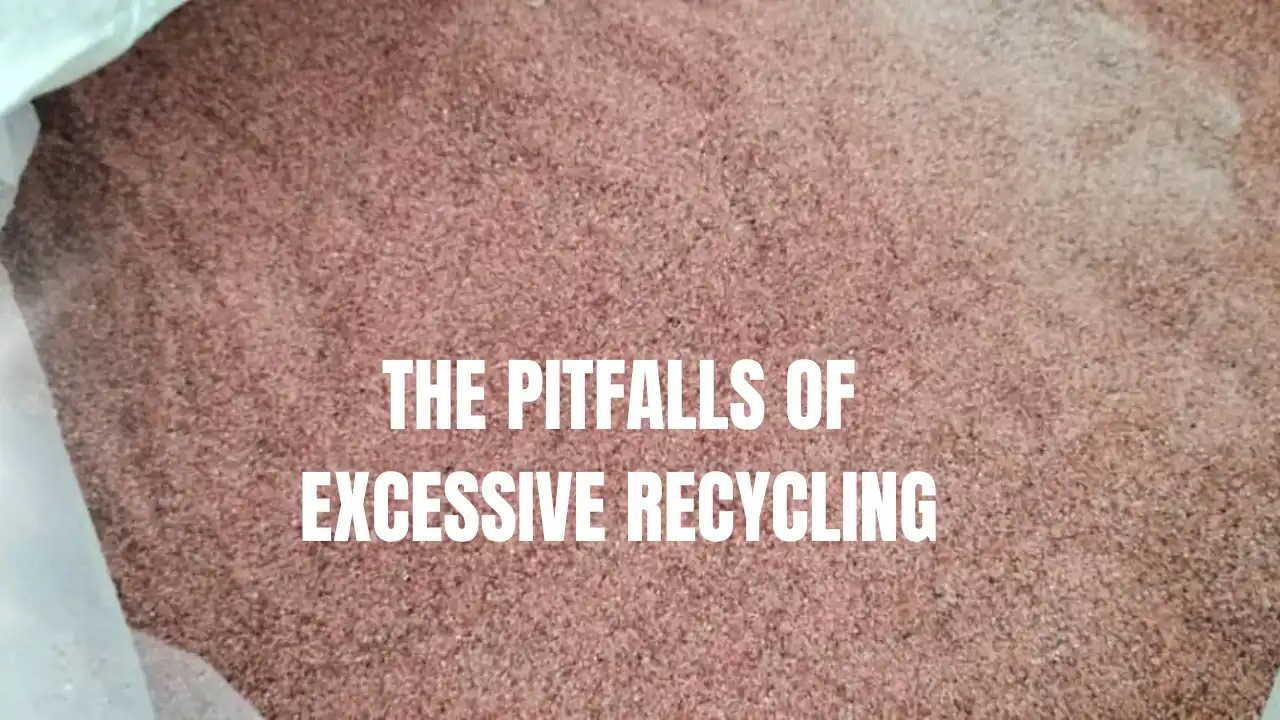Can Spent Garnet Be Recycled? Can You Reuse Garnet?
Garnet Recycling: Garnet is a very commonly used nonmetallic abrasive both onshore as well as off shore. Personally I believe that all painting inspector in this world must have seen garnet at some point or the other of their career.
I do not want to talk too much on technical aspects of garnet because I believe everyone knows very well about it. I’m more interested in sharing some issues which you may encounter at sites regarding recycle of garnet
The Basics of Garnet Reuse
Technically speaking based on the recommendation from the supplier, garnet can be recycled for blasting. How many times of recycle will depend on the initial size of garnet. Basically the bigger the size, the more it can be recycled and vice versa (of course with proper way of collection, separation and test before re-use).
The Pitfalls of Excessive Recycling
The challenge is that a good number of contractors (and possibly most of them) recycle this garnet as many times as possible in the aim of cutting cost to maximize their profit. Most garnet becomes dust when recycled very many times. Therefore, the expected profiles and progress will not be realized; blasting also slows down. If not careful you will assume that the surface profile will be okay once you see the surface cleanliness already achieved in Sa2.5. Please note, achieving Sa2.5 doesn’t mean surface profile is achieved too. So what you do in that situation?

Identifying Overused Garnet
Honestly speaking from my own experience, I used to face the above situation while working as Technical Service Executive for a paint manufacturer. One of our contractor’s manager reminded us that since they buy our paint, so we can’t make ‘too much noise’ if they recycle garnet many times. If not, they’ll not buy our paint anymore.
So, to report this problem in order to prevent any form of confrontation, what we can do is to pass it on to our superior. And in turn, record in our report this result of having low surface profiles.
Extreme Case
You could provide them an Exception Report or formal letter requesting them to warn them of such a case. Whether the contractor accepts or declines it, they will decide. But at least we already did our part, and supported using black and white. Moreover in worst case scenarios where there has been an issue of adhesion due to poor surface profile or claims of warranties, at least we already are safeguarded of any blames or liabilities. I think one way you can suspect the garnet has been recycled many times is by looking at the dust, duration taken to complete the blasting works and by touching the blasted surfaces. If too much dust created, longer time taken during blasting and you feel like smooth (and not rough) surface, then better you check closely on the surface profiles.
Sharing Experiences for Collective Growth
Subjecting this material as a garnet is a host to diverse facets which need to be covered. Numerous practitioners have gone through some situations about this substance. The fact of sharing experience promotes the exchange of knowledge of betterment towards progress in a career. It will be such an honor for me to have you share experiences on how you work towards garnet recycling. Interacting with the help of shared knowledge can enlighten us with our own activities.
In essence, though recycling garnets is the least expensive alternative, it does call for an economical balance against the quality requirements. By staying alert and creating openness, we can minimize difficulties and uphold the standards of our profession.
Standards and Recommendations
ISO Standards: ISO 11126 and ISO 11127 give requirements for abrasives used in surface preparation, which include garnet.
Supplier Recommendations: Most suppliers of garnet recommend in detail recycling their particular product, including the maximum number of reuse cycles and maintenance tips.
Conclusion on Garnet Recycling
A lot of things we can talk about garnet. Maybe you also used to encounter many interesting experience with it and I’m really appreciate if you can share it with us also. Your valuable experience and information sharing will help us a lot to learn new things and improve ourselves together in future.
Suggested Posts
Test Air Quality as Per ASTM D 4285: Air Compressor Blotter Test
Storage Tank | Case Study | High and Low Profile Observed
Inorganic Zinc Silicate Primer | Understanding the Role of Zinc in Corrosion Protection
